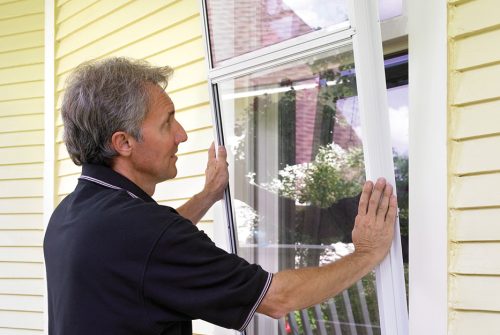
Floor slip testing resistance is the coefficient measuring friction of the flooring surfaces, either on the floors or in a laboratory. Slip resistance is desired by the owner of the building or manager when there has been a report of slip and fall incidents, when there’s a report of a near accident, or before the flooring is installed. A floor slip resistance tester named tribometer is used for the process of floor slip testing.
How does it work?
Flooring is tested. Testing uses a floor slip resistance tester to find if there’s a high tendency for slip and fall accidents; either when dry or wet with lubricated or water with other impurities, such as:
- Kitchen grease
- Hydraulic coil, etc.
There are numerous lab devices and floor slip resistance testing produced to measure; both static and dynamic coefficient of friction, but presently a few have been proven as reliable for getting useful safety outcomes and current official test methods. The static coefficient of friction testing is unreliable to assess safety in wet conditions. Thus, the reliable slip resistance test measures the available slip resistance of someone moving across the floor and assesses the dynamic coefficient of friction.
If the instrument has no official published test method or withdrawn test method, there is no problem with the instrument being poor precision.
Floor slip test methods
Slip resistance classification of surface materials will outline 4 test methods to assess and classify the frictional properties of floor surfaces and including slip resistance test methods:
- Wet barefoot slip resistance test
- Wet pendulum slip resistance test
- Oil wet ramp slip resistance test
- Dry-floor friction slip resistance test
Slip resistance standards

Slip resistance is a relative force that resists the possibility of the foot or shoe sliding along the walkway surface. It is the ratio of frictional force between the force and two bodies pressing them together.
Slip resistance testing equipment
Slips and trips are common causes of major injuries at work that happen almost anywhere. It can cause conditions like broken bones and other serious injuries that frequently result from major slips and slipping may be the primary cause of various types of accidents, such as falling from height. There are significant numbers of slop accidents that may occur at home and even in sports and recreational parks.
Footwear’s non-slip performance will directly affect the safety and comfort of poor slip, shoes, which means there’s a potential risk to personal safety, easily leading to crashes in the light, wet, slippery ground for the elderly and children and other vulnerable groups. Slippage and falls are serious incidents. It may occur only for a moment, but consequences are accompanied by life. Slipping is considered one of the primary causes of incidents in public places, workplaces, and home environments.
A unique slip resistance tester design measures the slip resistance of the shoes with the standard ground and measures the slip resistance of the floor material with the standard exclusive material.





